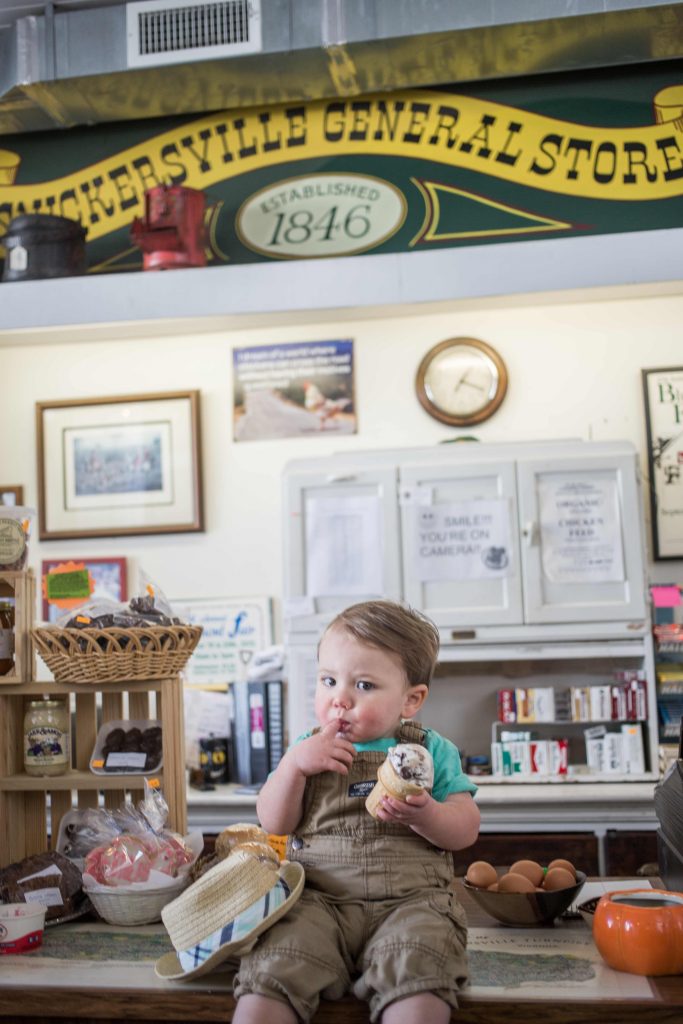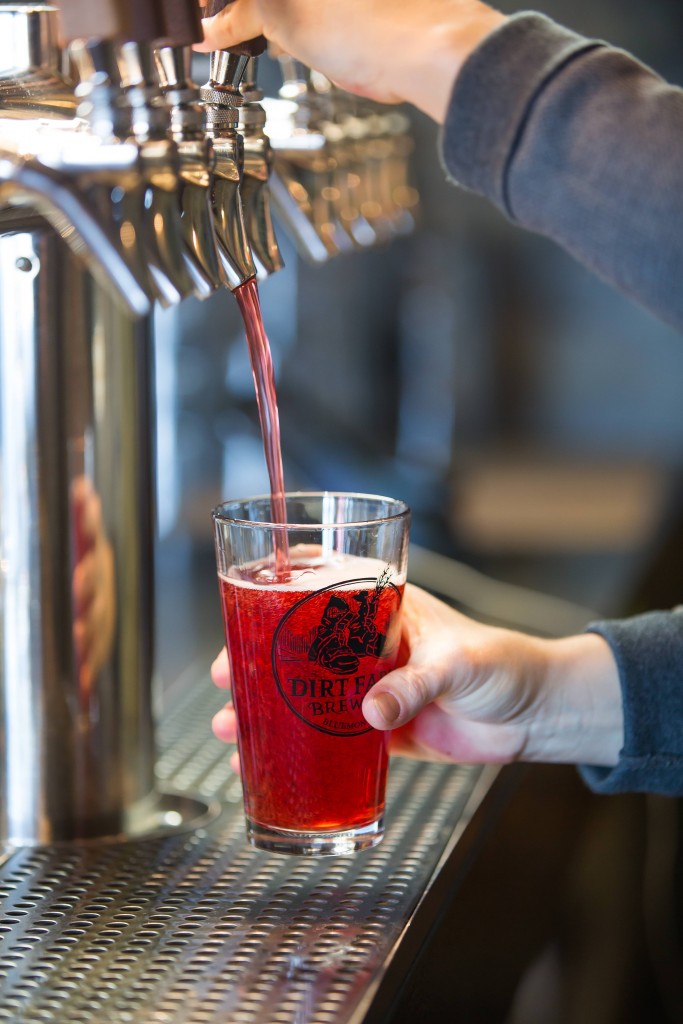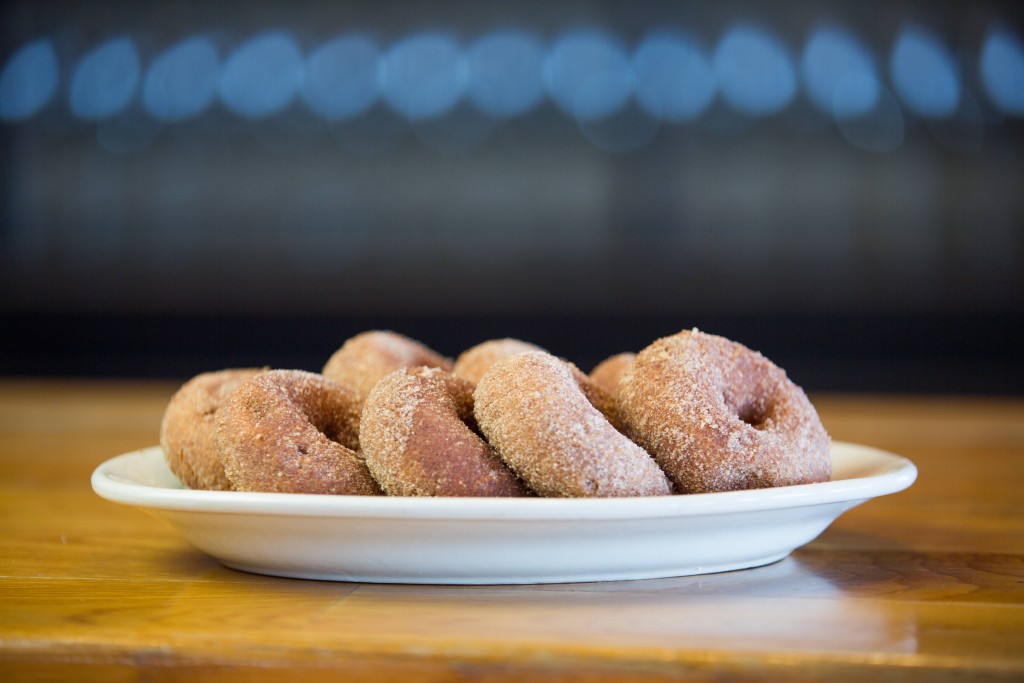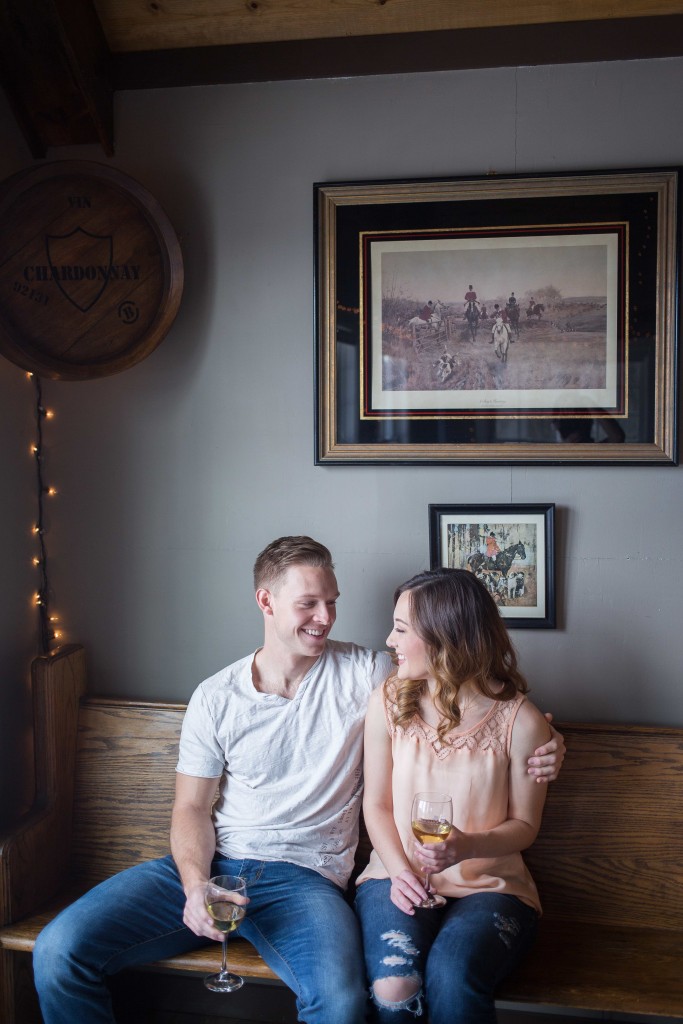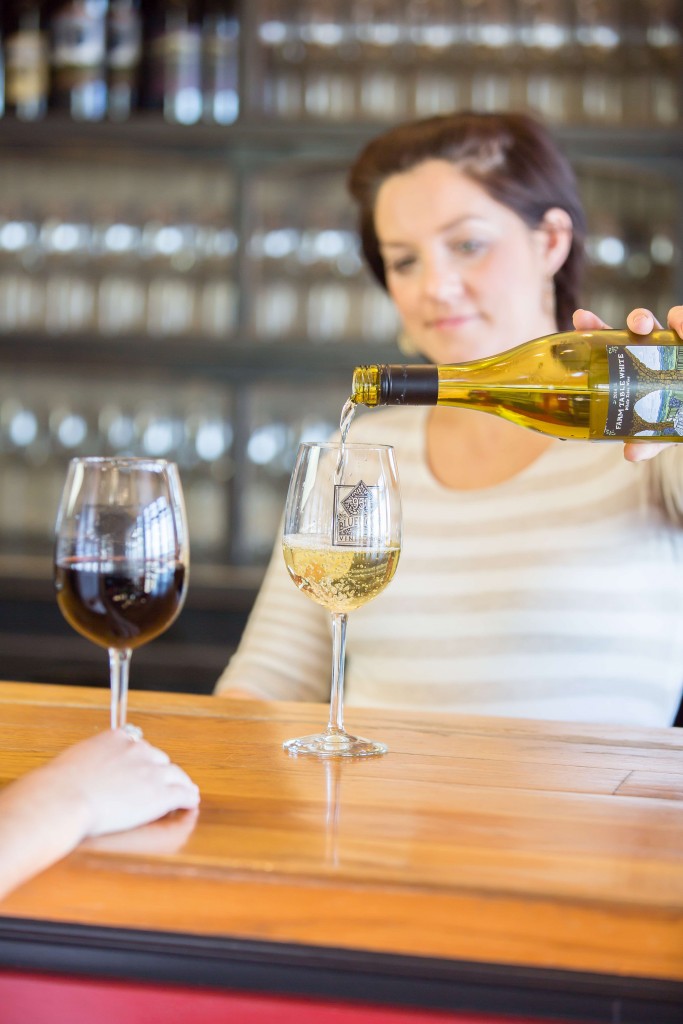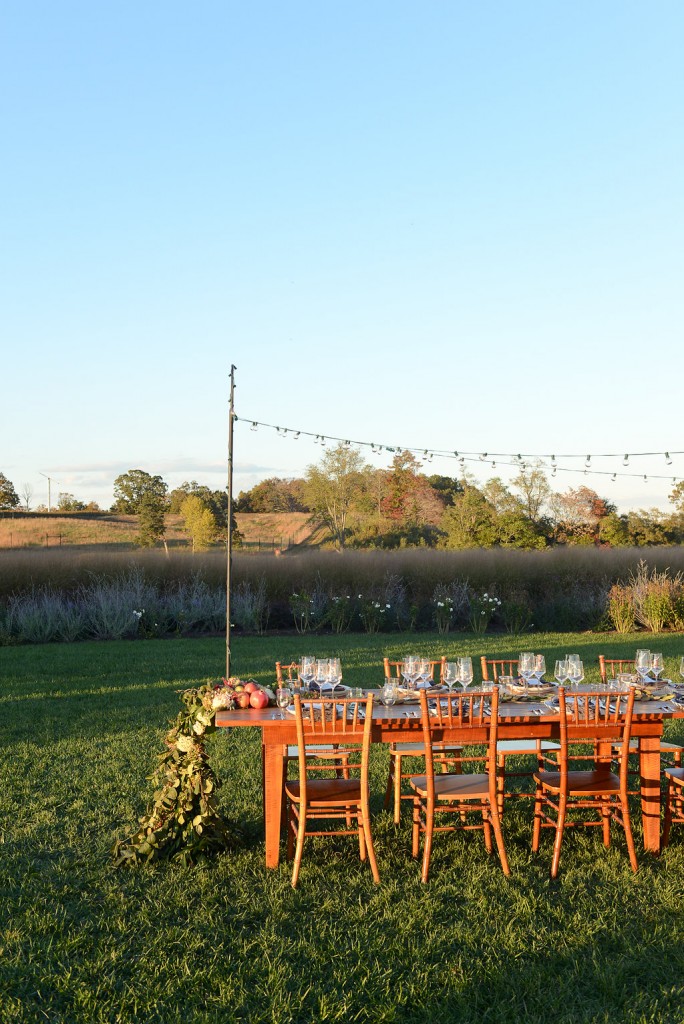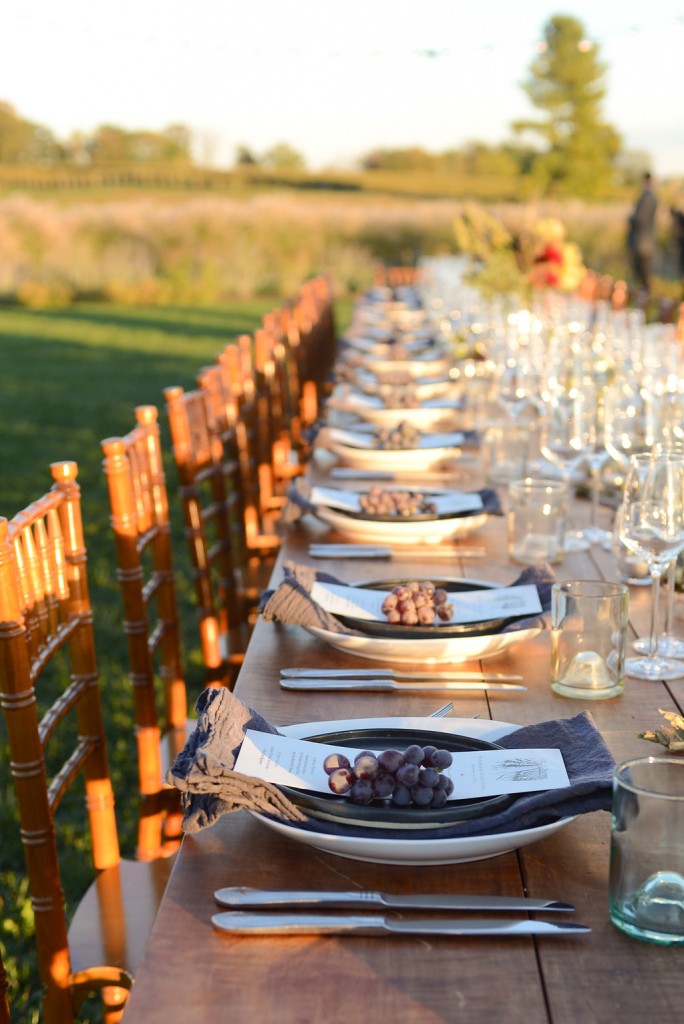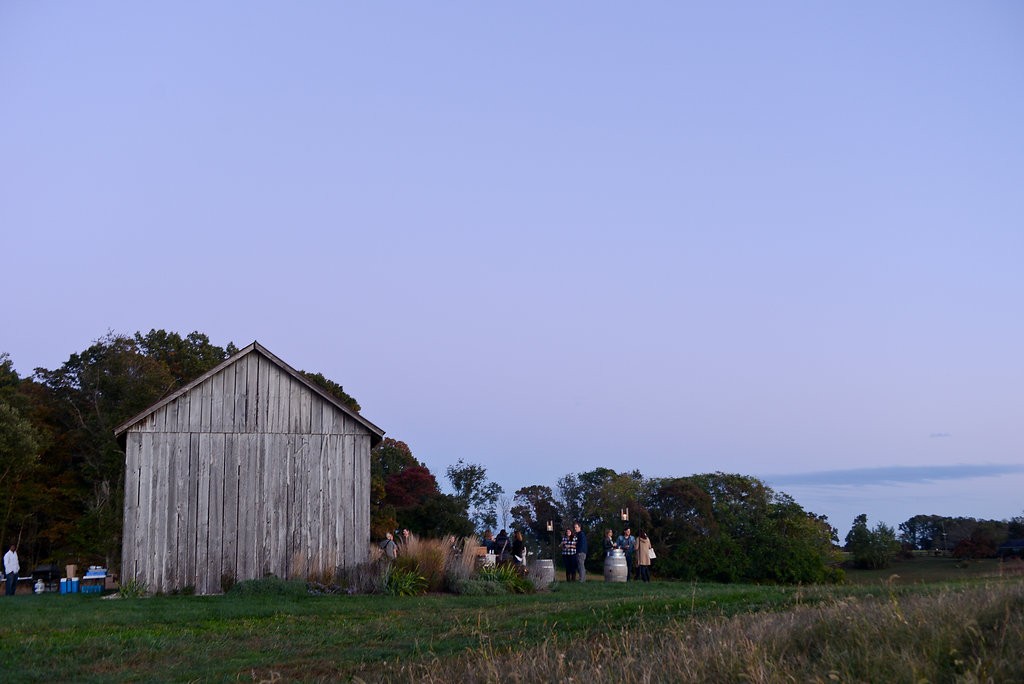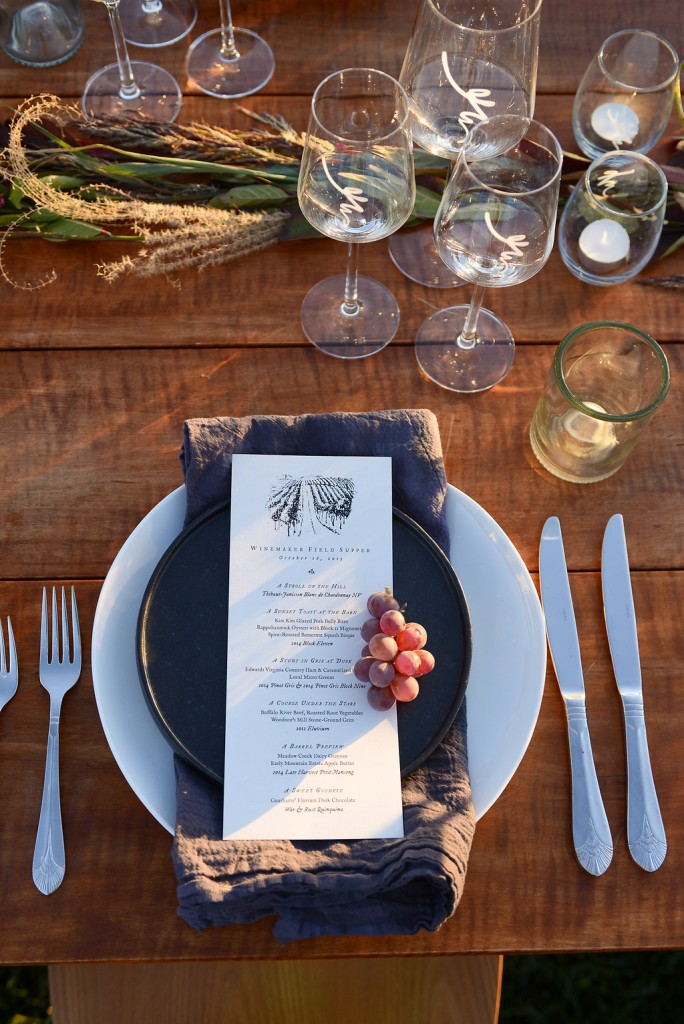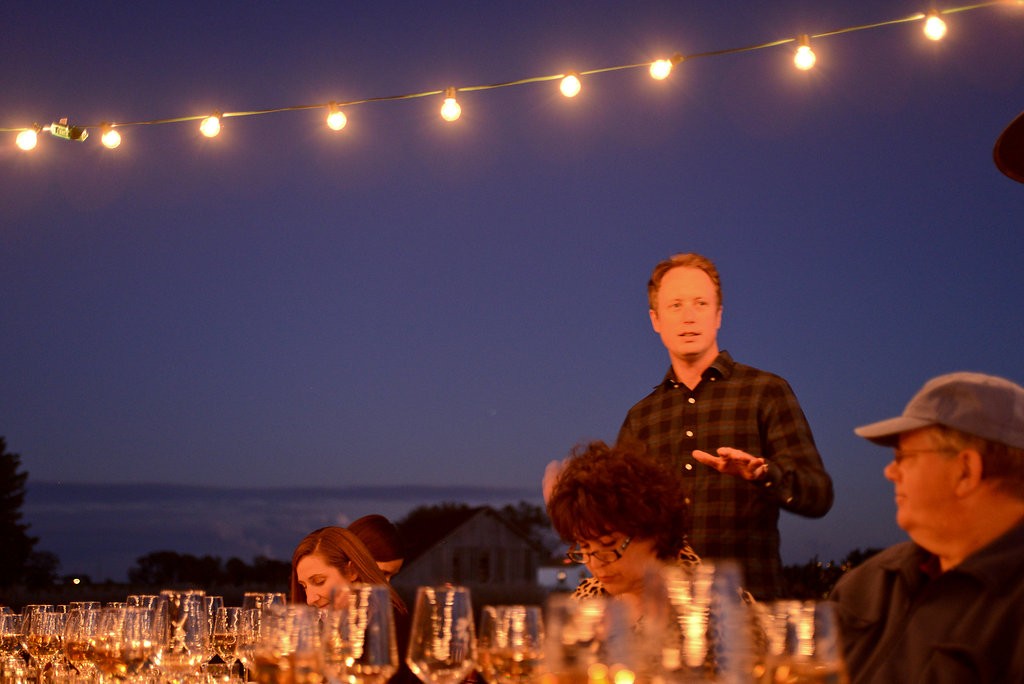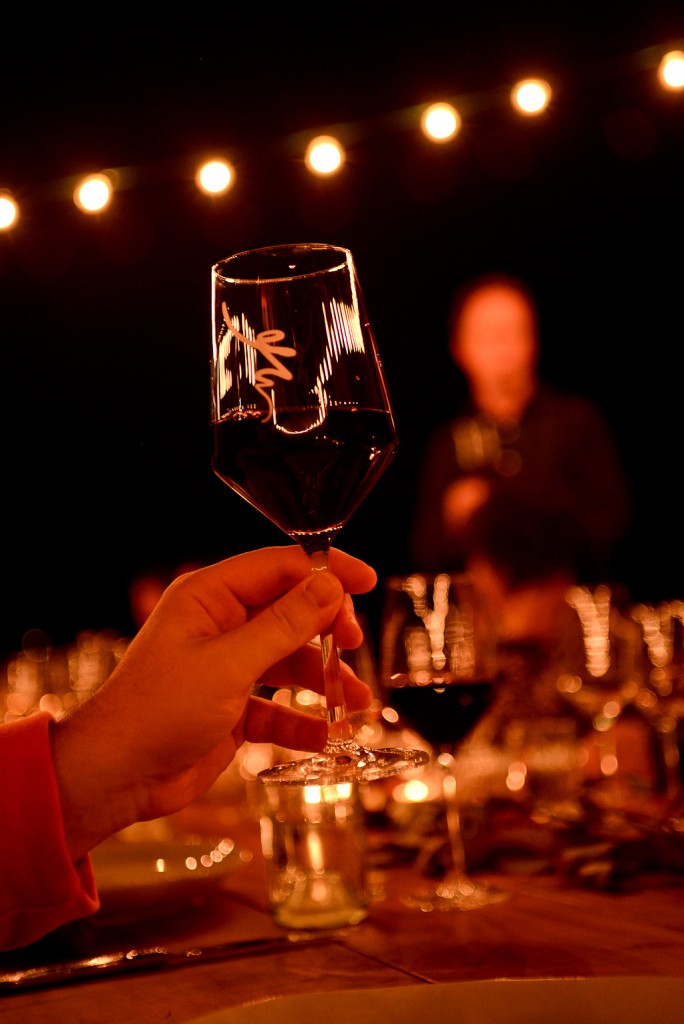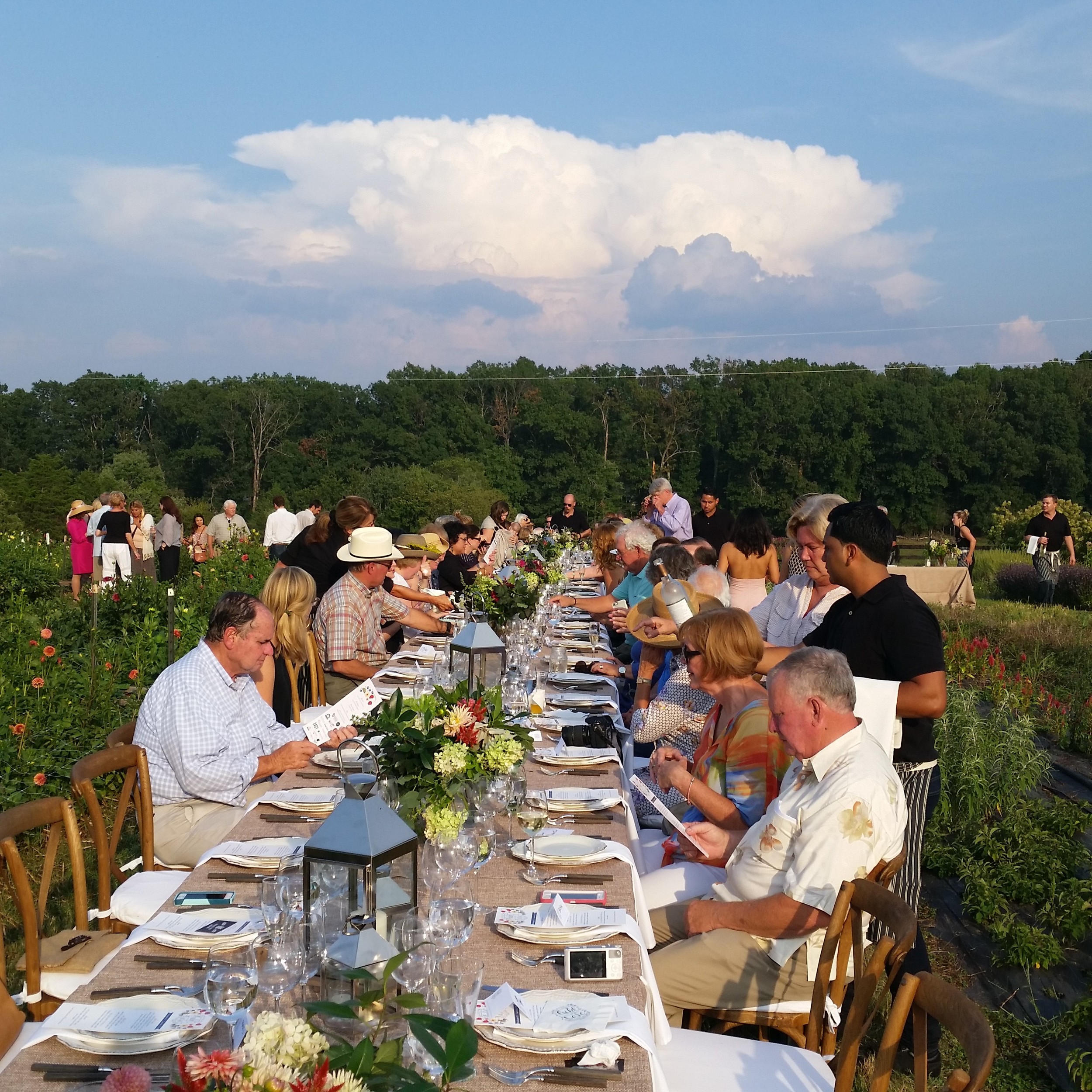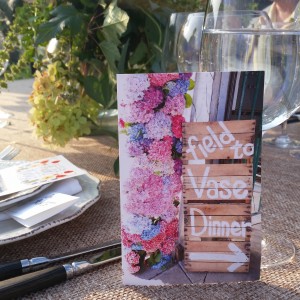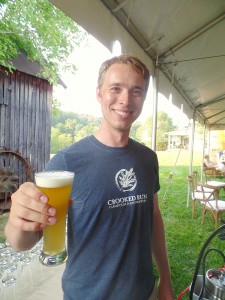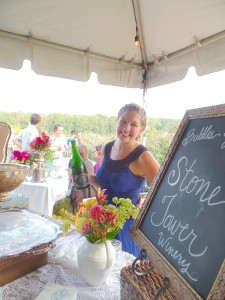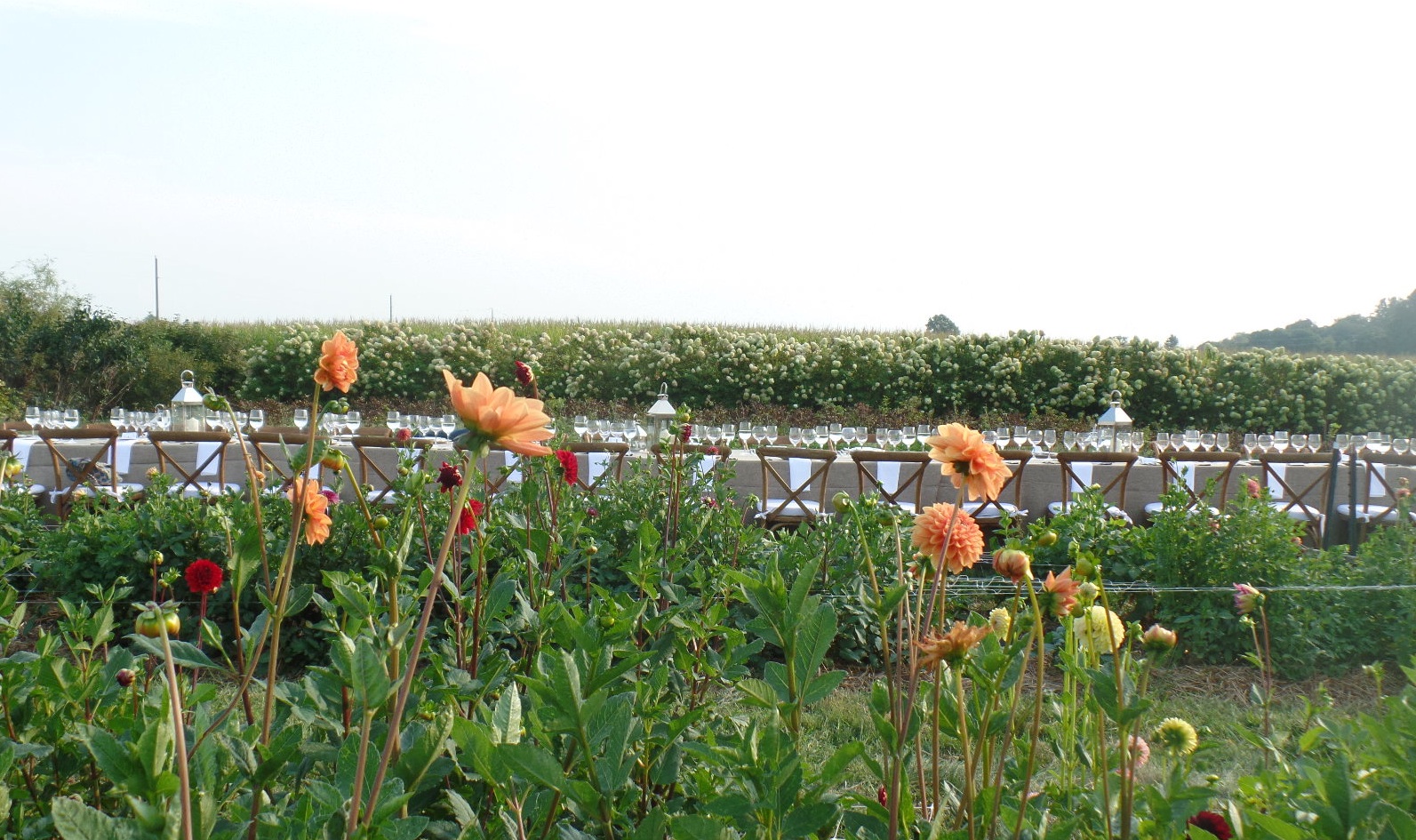Protecting the spaces where ‘Local’ is grown
/How residential meets rural in one of Washington’s edge counties
By Whitney Pipkin
There’s an imperceptible edge when you leave the city, where the skyline gives way to subdivisions and then to larger and larger patches of verdant fields.
Perhaps you’ve watched with a sigh as the scenery changed on your way to a wedding, winery or U-pick patch. But if you buy produce at a farmers market, this transition area is also where it was most likely grown—and it is no small feat to ensure that produce will still be grown there in the future.
This ring of land just beyond the District’s suburbs is a patchwork of open spaces surrounding still-pressing development. A growing portion of it is being protected from development by a mix of government and private programs to preserve farmland or open spaces, but their success can be subject to the whims of a new county board or the funding of a state program.
But all this pressure also makes these transition zones—as Loudoun County, Virginia, calls its—an ideal place for a new breed of agriculture: vineyards, hops-growing breweries, produce and pastured animals — all sold at a premium to nearby Washingtonians.
Chip and Susan Planck, now in their mid 70s, began growing produce in that local-food radius of DC 40 years ago at Wheatland Farms, their farm in Purcellville, Virginia.
“The thing that no one likes to talk about is this: If it weren’t for a well-off Washington clientele, we would not have made the living we did,” says Susan Planck, whose farm sold produce at more than a dozen farmers markets in the Washington area and mentored several of the farmers who are still selling today.
The couple’s storied farming career led to an interest in preserving the sort of landscapes that had been the basis for their business.
Before the 1970s and ’80s, “nobody was really protecting farmland, unless it was historic,” says Jim Baird, Mid-Atlantic director of the American Farmland Trust, which has helped preserve more than five million acres nationwide since its start in 1980. “People realized there was an existential need to not pave over all of our farms.”
Loudoun County
While residents might agree on the farmland-is-good premise, when and where to preserve it is another story. Many counties have seen their building boom come and go, but Loudoun County is still in the midst of an iconic land use debate.
Eastern Loudoun County continues to pursue rapid development while, west of Leesburg, Ashburn and far from Dulles International Airport, a new vision for the county is unfolding—one that is built on the potential of a rural economy.
“The county sees the economic potential of a local food system,” says Chris Miller, president of the Piedmont Environmental Council (PEC), which advocates for land preservation in the region. “And this is the same county that has the fastest-growing high tech industry and land loss to sprawl in this area. In the same place, you have both those things going on.”
The county’s split personality is not an accident. Its comprehensive plan lays out dual visions for the suburban and rural sides of the county, with a transition area in between.
At the center of that transition zone, where highways 50 and 15 meet, is Gilbert’s Corner.
A pit stop next to a roundabout that looks primed to welcome a Sheetz gas station, PEC envisions a regional food market instead, one that features the bounty of Loudoun’s farms. To that end, they’ve been painstakingly preserving and acquiring the nearby land for 20 years to make it a gateway to the county’s rural areas and a demonstration of their potential.
With the help of investors, PEC recently conserved a 140-acre farm south of Route 50 where fall produce was being planted into black plastic mulch one evening in late July. Nearby is a regional park and more land owned by PEC where cattle are grazing on rolling hills.
“Imagine the value,” says Chip Planck, standing near the corner with his wife, Susan. “Thousands of people go by and you can demonstrate sustainable vegetable growing on one side and pasturing on the other.”
Not far from the corner, the Willowsford housing development, which features a farm stand and vegetable production—rather than a golf course—at the center of new homes, is also growing food.
Preserving agriculture on high-value lands has also meant finding a way to add value to those crops. One of the most popular ways? Turning them into booze.
“When I got a degree in agriculture, I never thought I’d be spending this much time on beer,” says Kellie Hinkle, agricultural development officer with Loudoun’s Department of Economic Development, who has seen dozens of farm-based breweries and wineries open in Loudoun’s rural zone. “To me, the craft beverage industry is the ultimate direct-market-value-added option at this fringe of urban-suburban sprawl.”
With the help of state funding, brewers in the county now have access to locally grown hops and locally malted barley, too—not to mention hundreds of thirsty visitors from Washington and its suburbs.
Though driving through Loudoun’s rural areas might look different today, with rows of corn turning into rows of grapes or hops, Hinkle says the changing view represents a stronger farm economy that can push back against the pressures of development.
“In 2016, in this area,” she says, “this is what ag looks like.”




